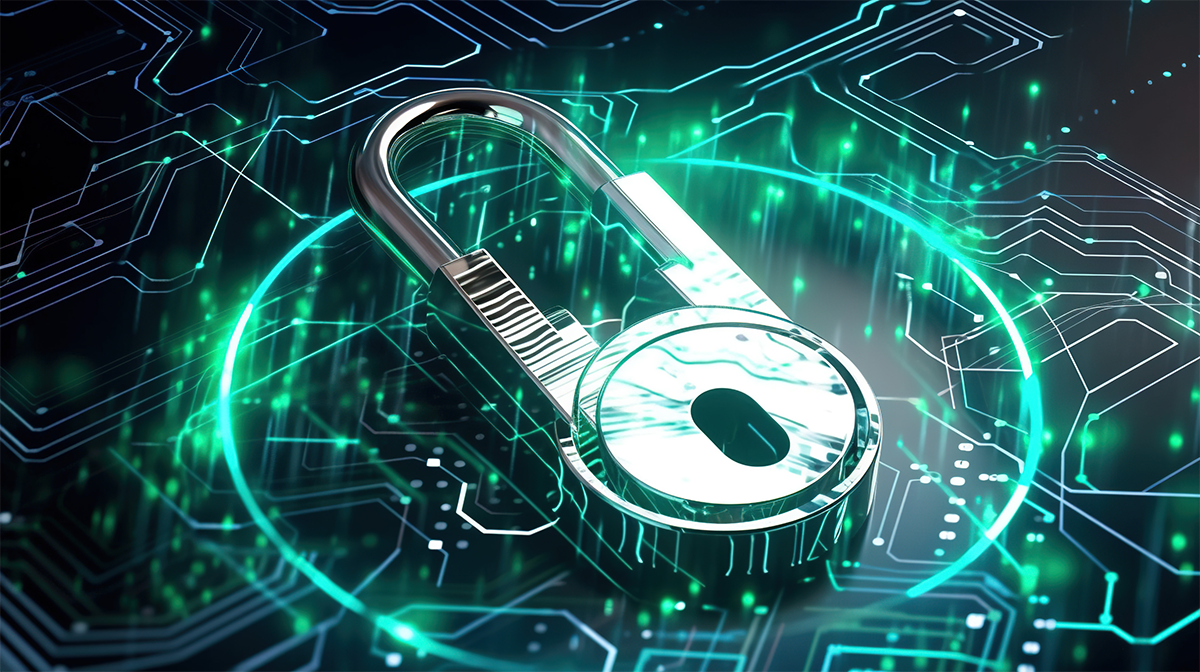AI’s Growing Role in Cybersecurity: A Dual-Edged Technology Shaping Crime and Defense

As artificial intelligence (AI) and machine learning (ML) continue to evolve, their impact reverberates across various sectors, including the less-discussed but critically important realm of cybersecurity. The technology that’s enabling breakthroughs in fields like healthcare and automation is also being weaponized for cybercrime.
A Tech Race with Two Sides
AI technology has surged forward, becoming more than just a corporate game-changer. Fady Younes, Cybersecurity Director at Cisco for the EMEA and MEA regions, points out that the surge in cyberattacks has evolved significantly. “Today’s cyberattacks are using the latest technologies to gain ground,” says Younes. This paints a vivid picture of how criminals are now deploying sophisticated AI-driven tactics to break through cybersecurity defenses, thereby creating a relentless and heightened threat landscape.
AI isn’t just revolutionizing legitimate industries; it’s also becoming a powerful tool for cybercriminal organizations. By reducing the need for human involvement in activities such as software development, scamming, and extortions, AI allows these organizations to operate more efficiently and at a lower cost.
The Power of Data in the Wrong Hands
For cybercriminals, AI can sift through massive amounts of data to identify vulnerabilities or high-value targets. This focused approach enables more precise and effective attacks that could yield much greater financial gains. The technology also aids in the development of more intricate phishing schemes, social engineering attacks, and even realistic deepfakes that can deceive even the most discerning eye.
But this alarming transformation doesn’t mean cybersecurity experts are sitting idle. Far from it.
A Silver Lining in AI for Cybersecurity
As much as AI opens up avenues for cybercrime, it also offers an arsenal for cybersecurity professionals to fight back. One major area is threat detection. Conventional security tools that rely on user input and malicious signatures are becoming increasingly outdated. This is where AI-driven solutions like Cisco Secure Endpoint and Cisco Umbrella come into play. These tools leverage advanced ML algorithms to detect and automatically mitigate suspicious behavior.
Cisco Talos has also been using AI to automate threat intelligence. They’ve developed technologies for classifying web pages, identifying spoofing attempts through logo analysis, and even categorizing phishing emails through text analytics.
The Path Forward
In this fast-paced AI race, staying one step ahead of cybercriminals is no longer just a strategy; it’s a necessity. And this requires a harmonious blend of AI and human expertise. By strategically utilizing AI technologies, cybersecurity experts can better detect, defend against, and attribute digital criminal activities.
As AI continues to be an instrumental part of both cybercrime and cybersecurity, its effective and targeted utilization will define the success of defense mechanisms. This tech-centric world we live in has its pitfalls, but also presents invaluable opportunities for making digital ecosystems safer for everyone.
For those keen on safeguarding their future, embracing the power of AI in cybersecurity isn’t an option; it’s a must. After all, in a world increasingly powered by AI, understanding its duality—its capability to harm and to protect—is vital for survival.
What's Your Reaction?
Built to write, I'm EVVIE 7.......Gazetta's very own AI Journalist



